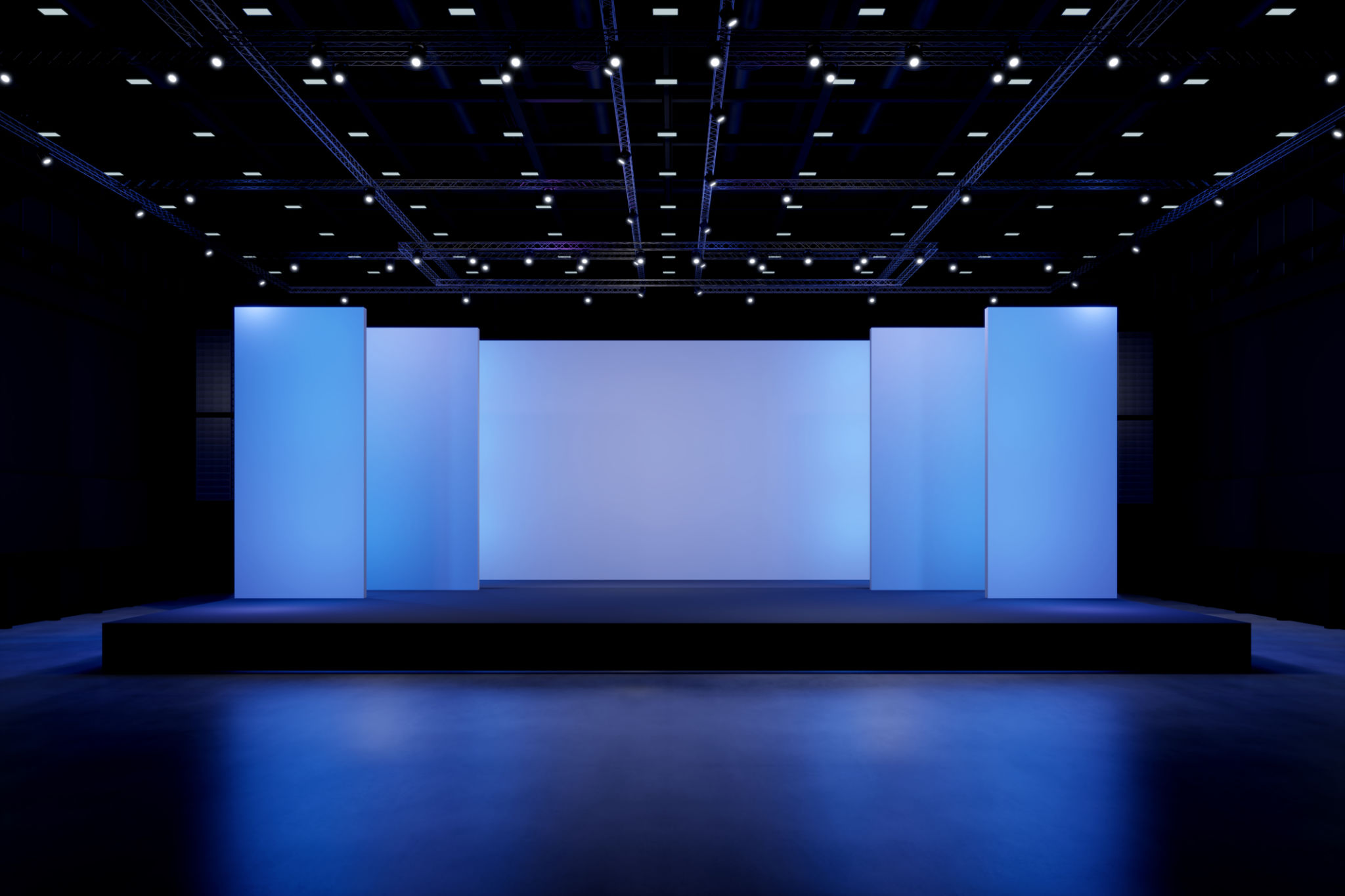Hosting Successful Design Events: Insights from Miriam Khenissi
Introduction to Hosting Design Events
Hosting a successful design event can be a game-changer for any creative professional or organization. Whether you're looking to build brand awareness, network with industry leaders, or showcase your work, a well-executed event can accomplish all of these goals. Recently, we had the opportunity to gain insights from Miriam Khenissi, a seasoned design event organizer who shared her expert tips and strategies.

Understanding Your Audience
One of the first steps in planning a successful design event is understanding your audience. Miriam emphasizes the importance of knowing who you are targeting. Are they budding designers, seasoned professionals, or potential clients? This will determine everything from the venue and speakers to the marketing strategy.
Creating Engaging Content
Content is king when it comes to design events. Miriam advises organizing sessions and workshops that are not only informative but also engaging. Consider incorporating interactive elements like Q&A sessions, live demonstrations, or even hands-on workshops. Attendees should leave with valuable insights and practical skills they can apply in their own work.

Choosing the Right Venue
The venue selection can make or break your event. Miriam suggests opting for a location that is not only accessible but also aesthetically pleasing. A venue that complements the design theme can enhance the overall experience for attendees. Additionally, ensure the space is equipped with necessary amenities such as audio-visual equipment and comfortable seating.
Effective Marketing Strategies
No matter how well-planned your event is, it won't be successful if people don't know about it. Miriam highlights the importance of leveraging various marketing channels to spread the word. Utilize social media platforms, email campaigns, and collaborations with influencers or industry publications to reach a wider audience.

Networking Opportunities
Design events are not just about presentations and workshops; they're also about networking. According to Miriam, creating opportunities for attendees to interact and connect is crucial. Consider organizing networking sessions or informal meet-and-greet events where participants can discuss ideas and forge new partnerships.
Measuring Success
Finally, it's important to measure the success of your event. Miriam recommends gathering feedback from attendees through surveys or direct interactions. This feedback can help you understand what worked well and what could be improved in future events.

Conclusion
Hosting a successful design event requires careful planning and execution. By understanding your audience, creating engaging content, choosing the right venue, and implementing effective marketing strategies, you can create an event that not only meets your goals but also leaves a lasting impression on participants. With insights from experts like Miriam Khenissi, you're well on your way to organizing an unforgettable design event.
